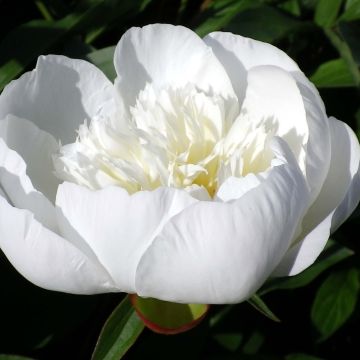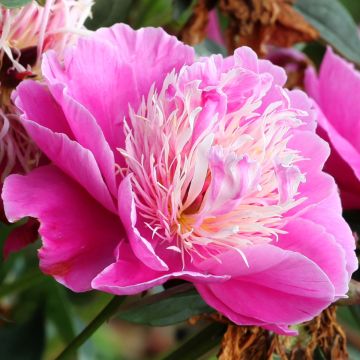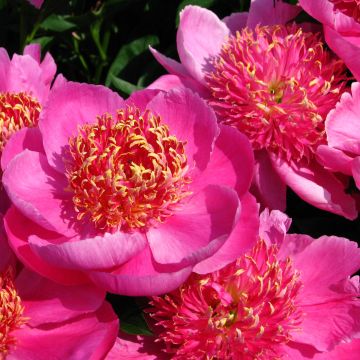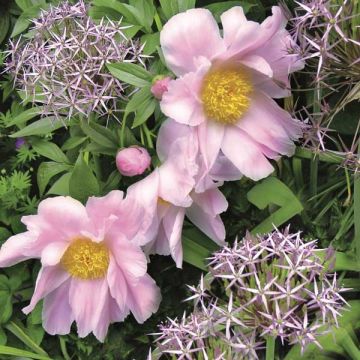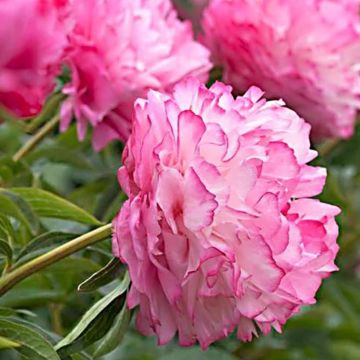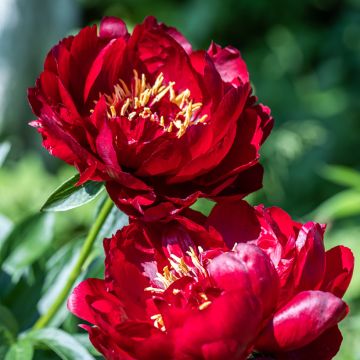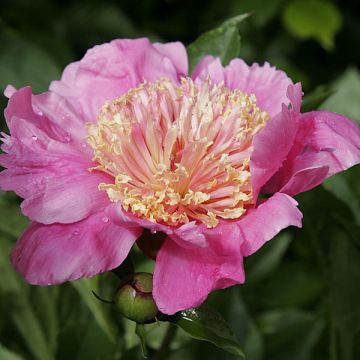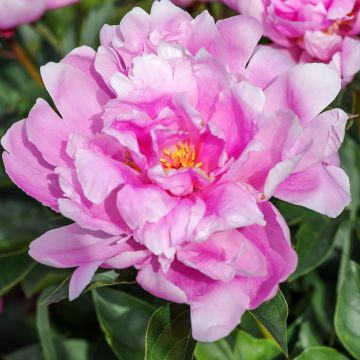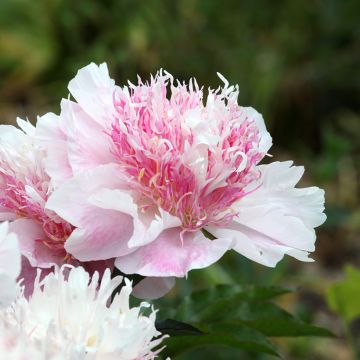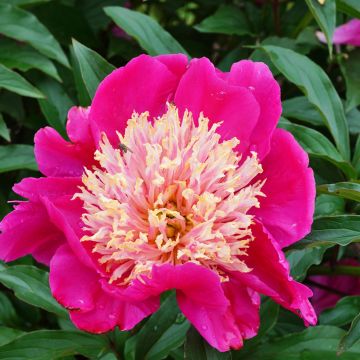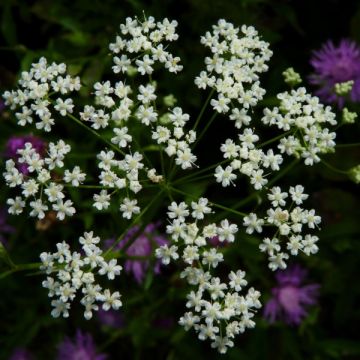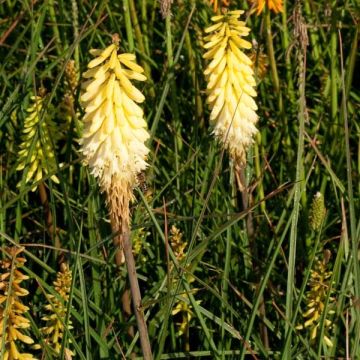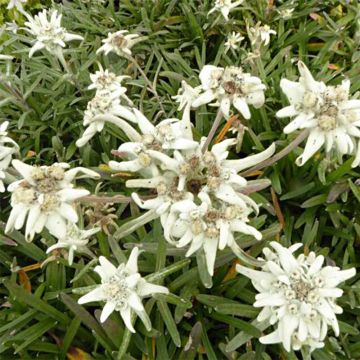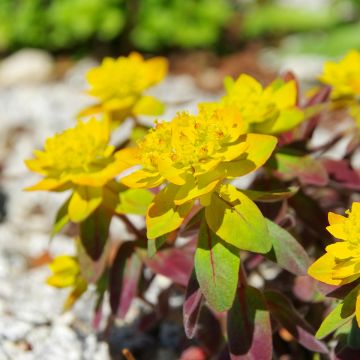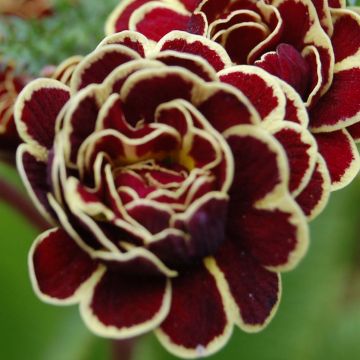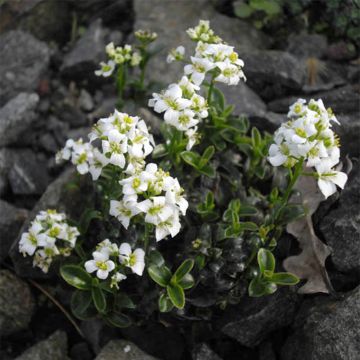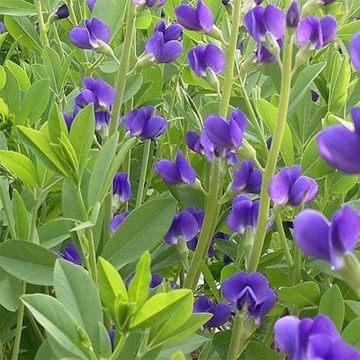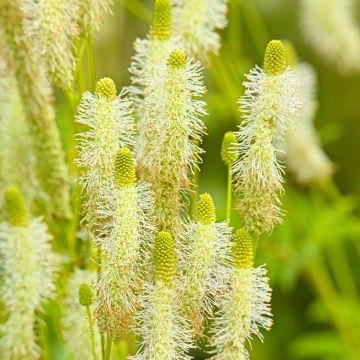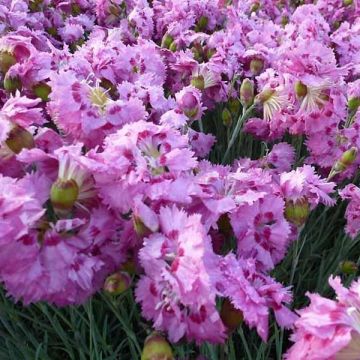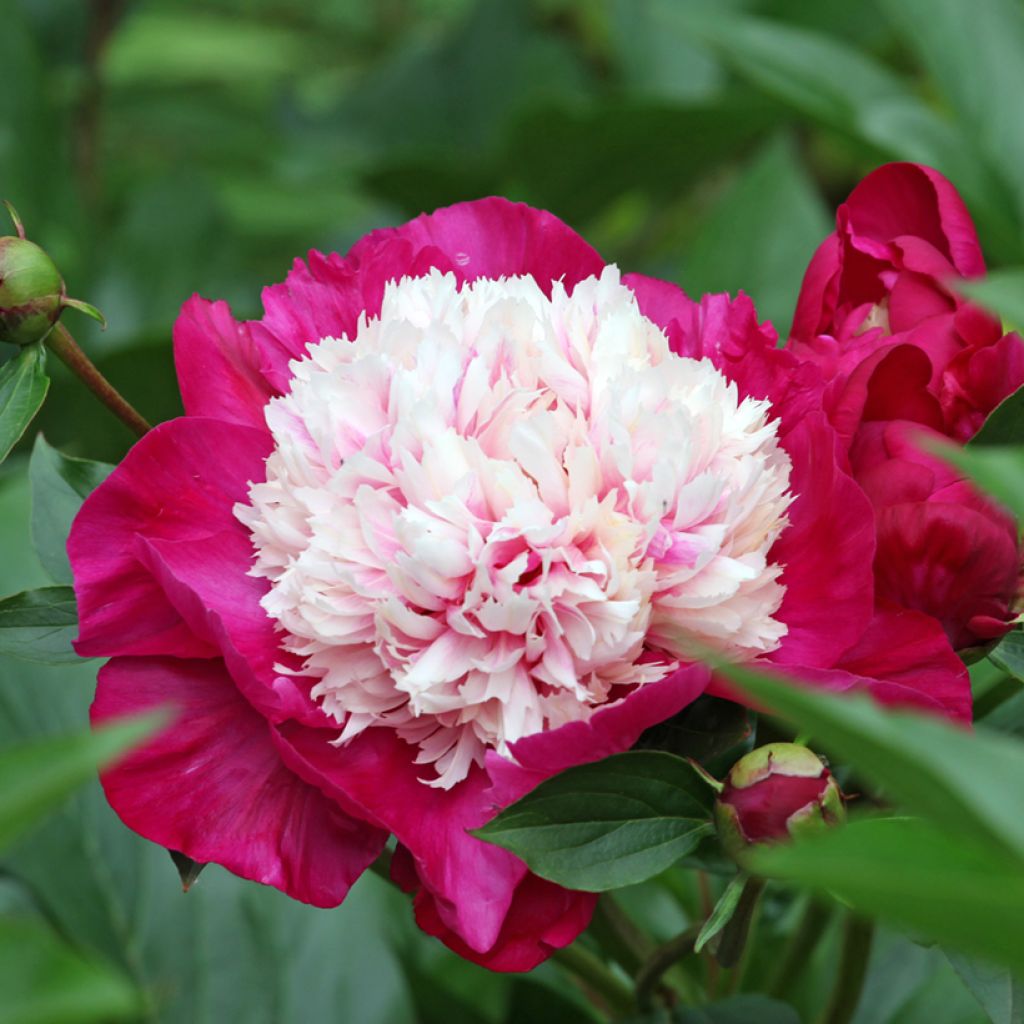

Paeonia lactiflora White Cap - Garden Peony
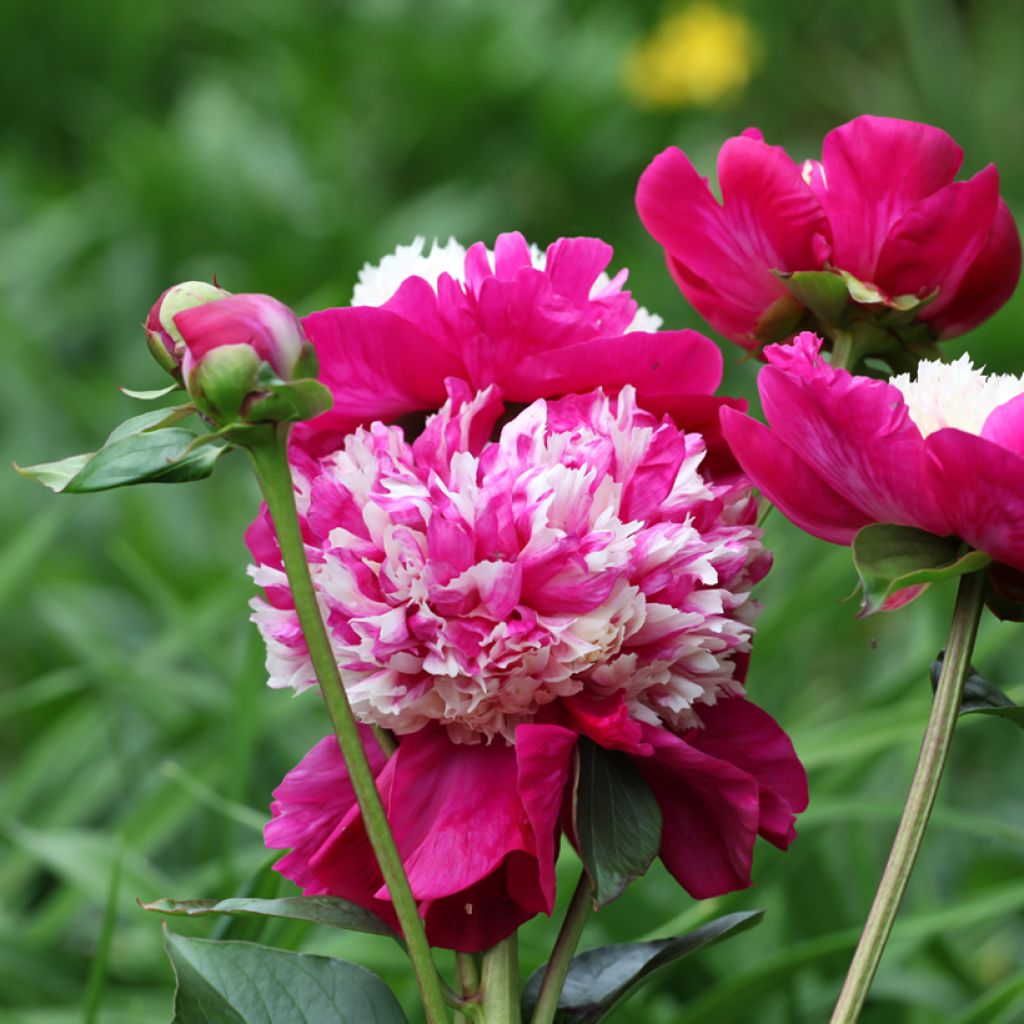

Paeonia lactiflora White Cap - Garden Peony
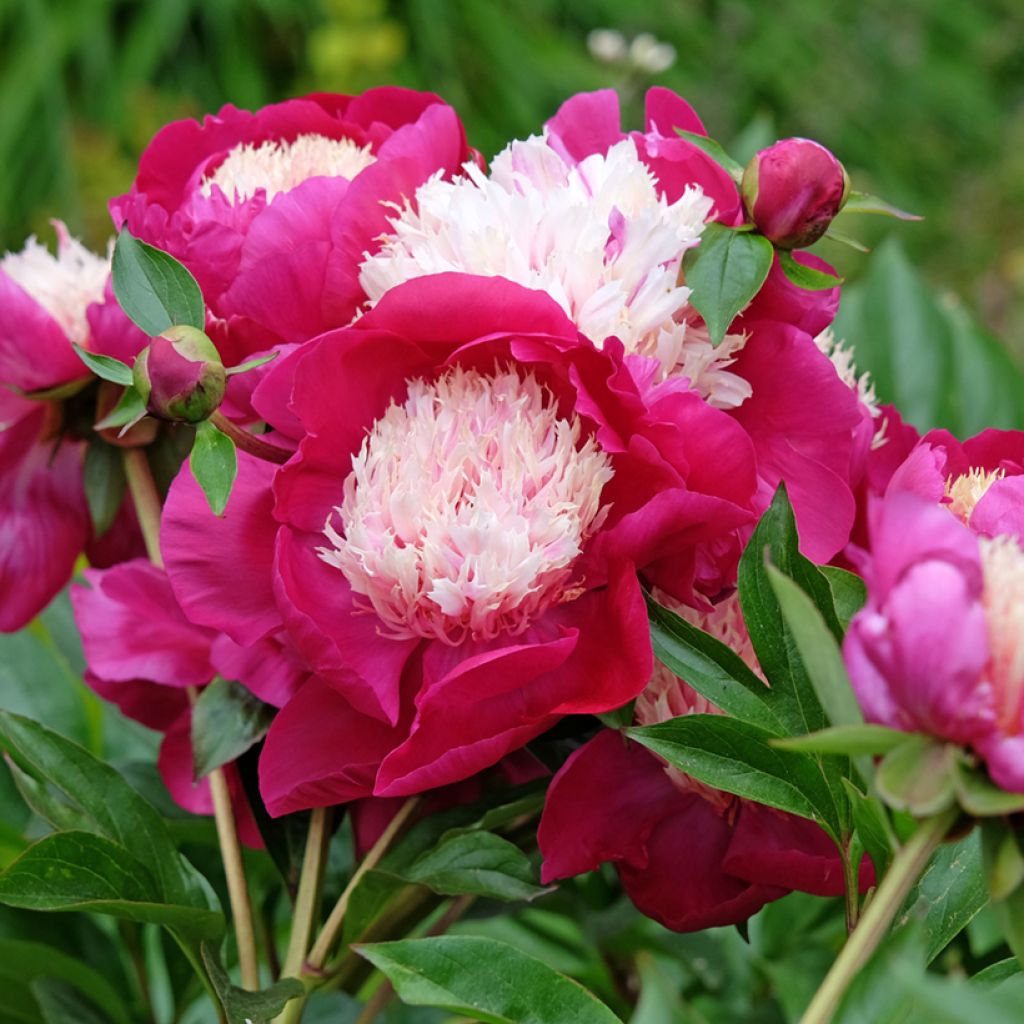

Paeonia lactiflora White Cap - Garden Peony
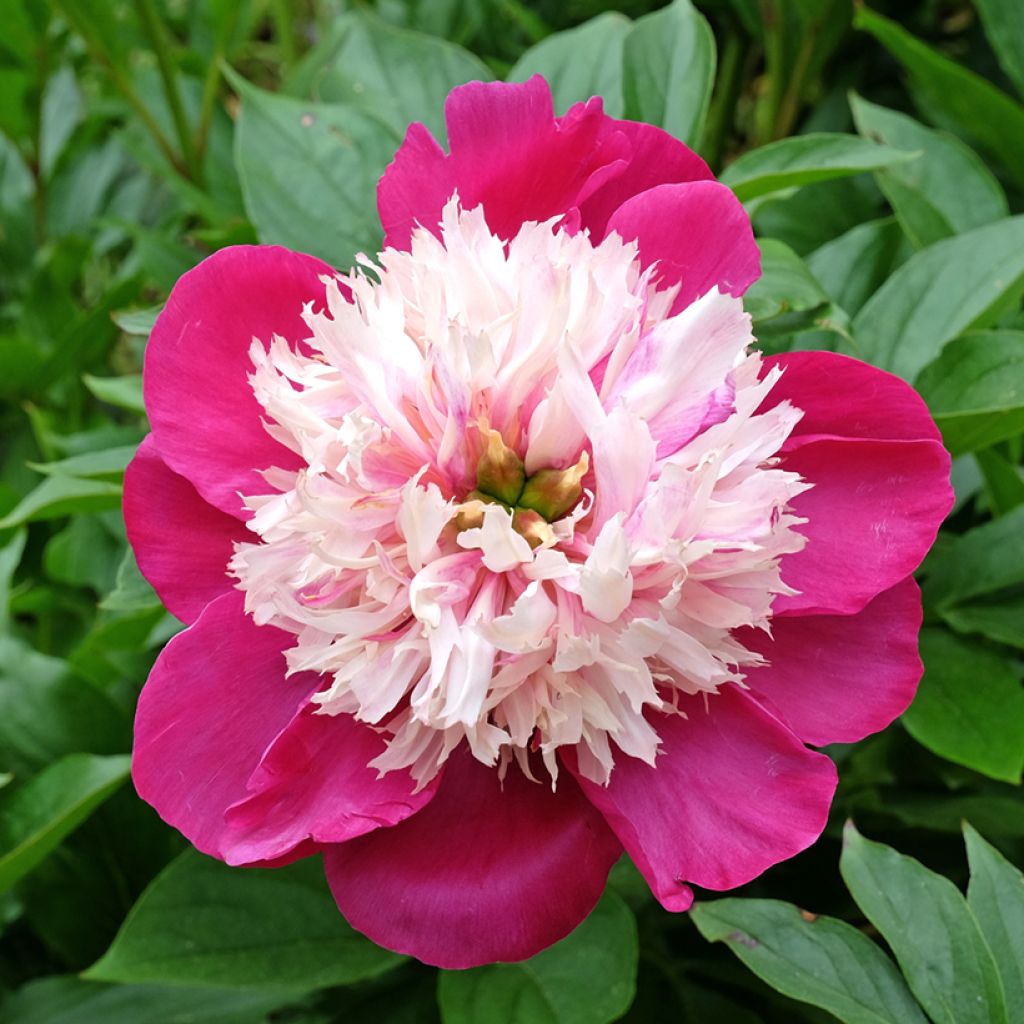

Paeonia lactiflora White Cap - Garden Peony
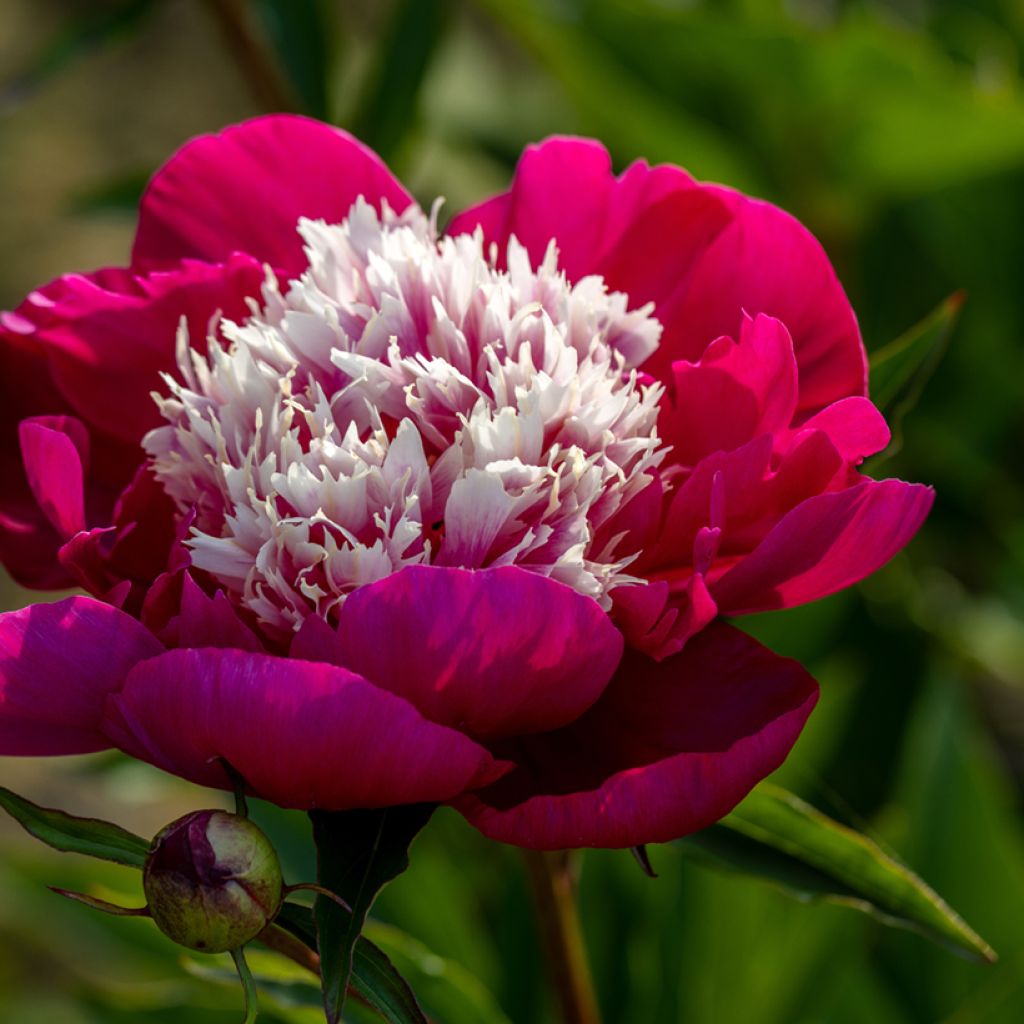

Paeonia lactiflora White Cap - Garden Peony
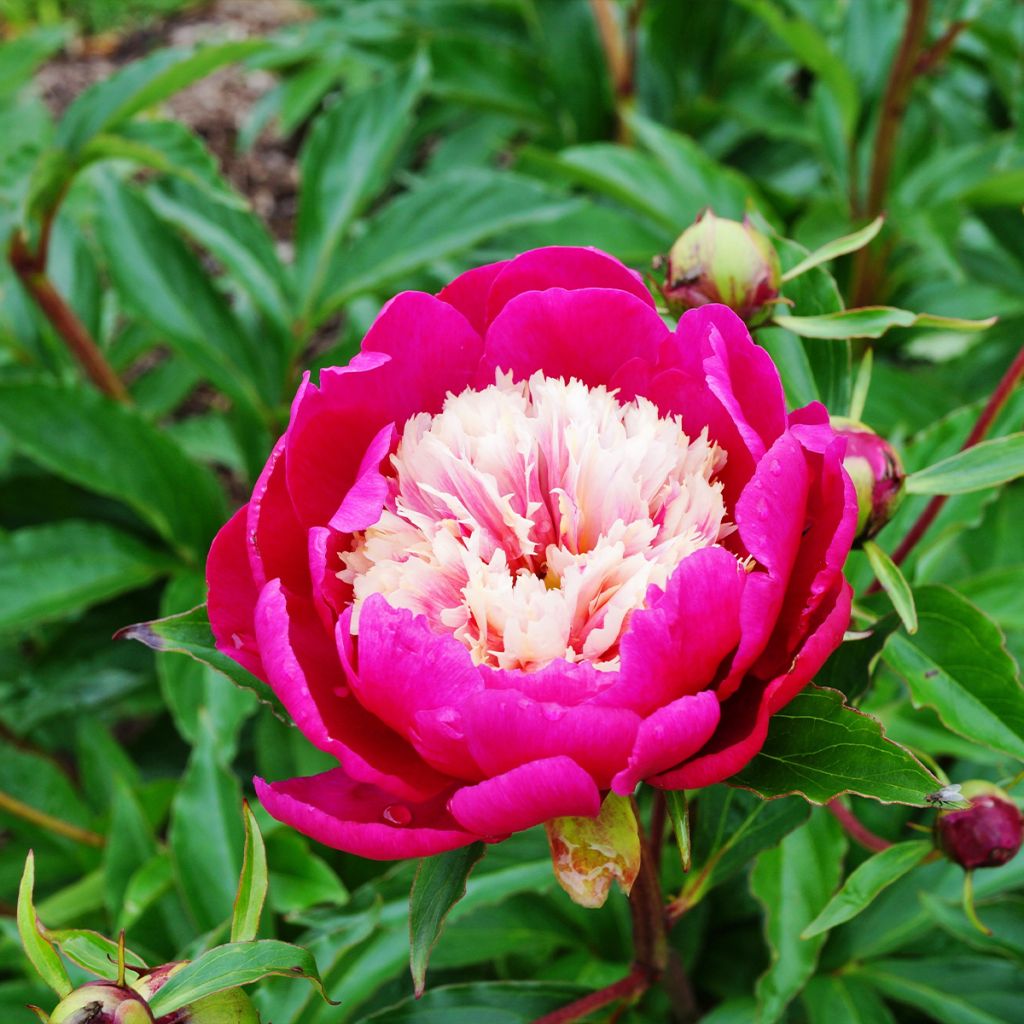

Paeonia lactiflora White Cap - Garden Peony
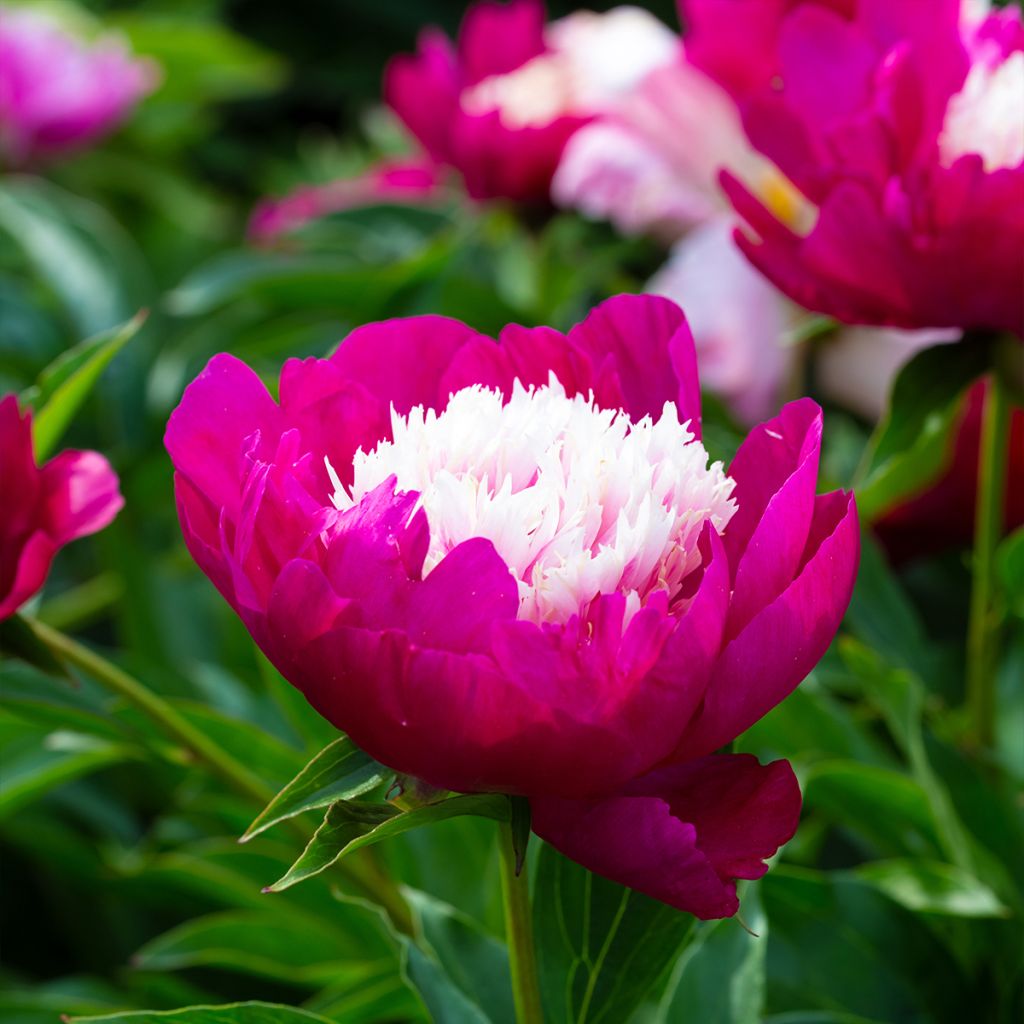

Paeonia lactiflora White Cap - Garden Peony
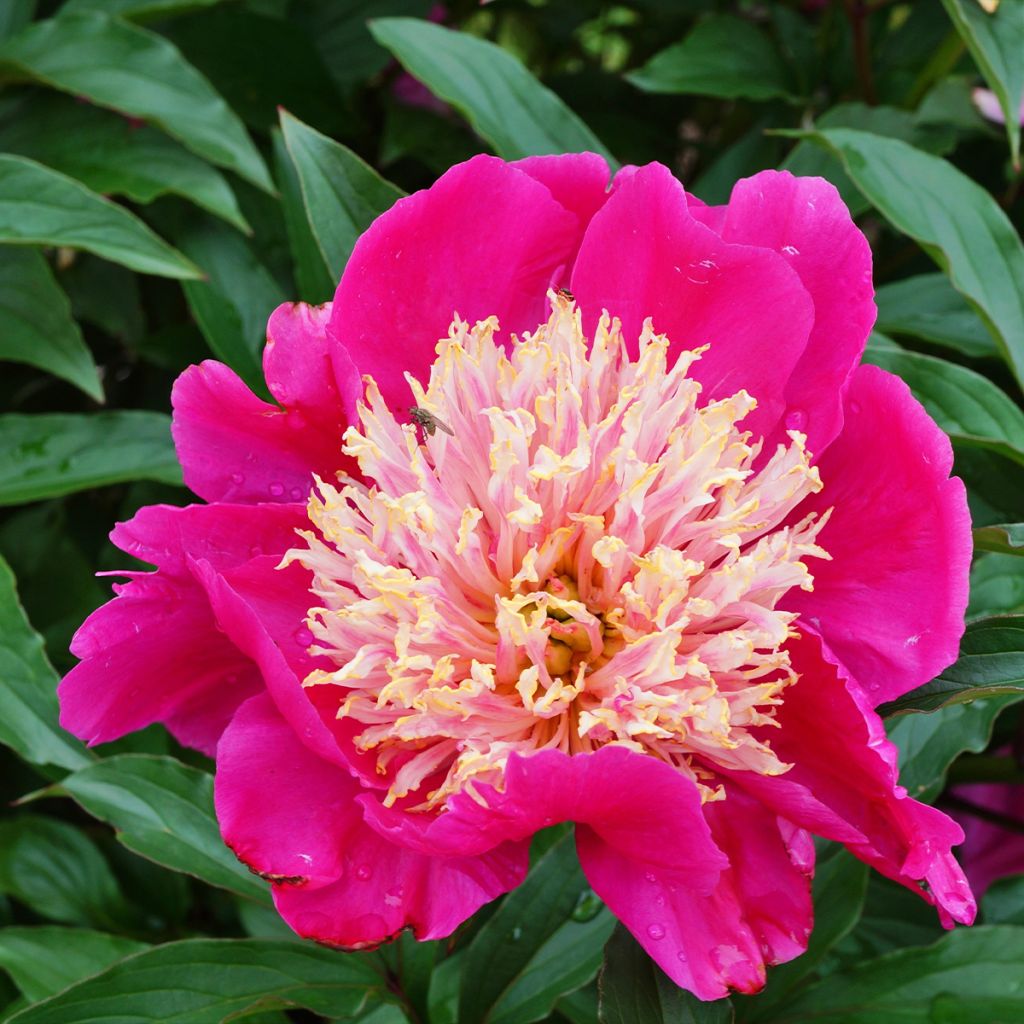

Paeonia lactiflora White Cap - Garden Peony
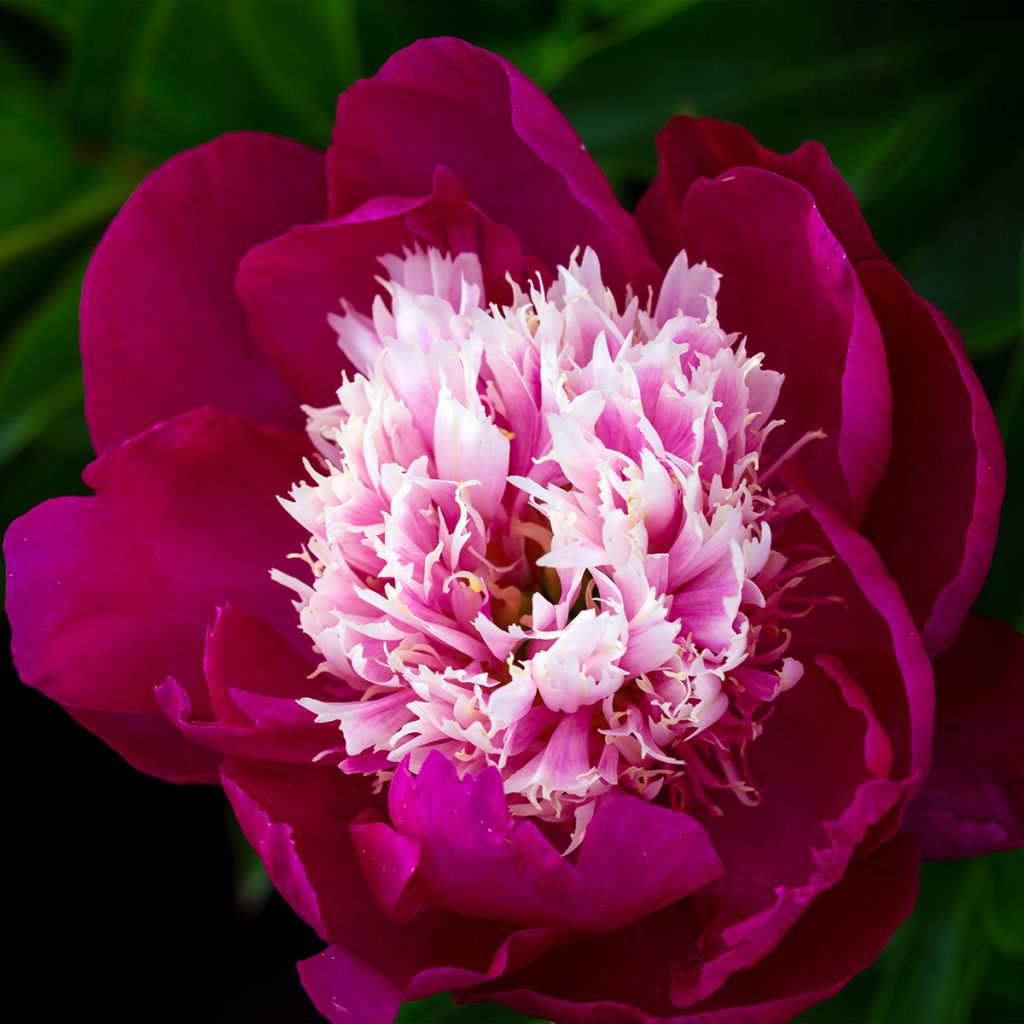

Paeonia lactiflora White Cap - Garden Peony
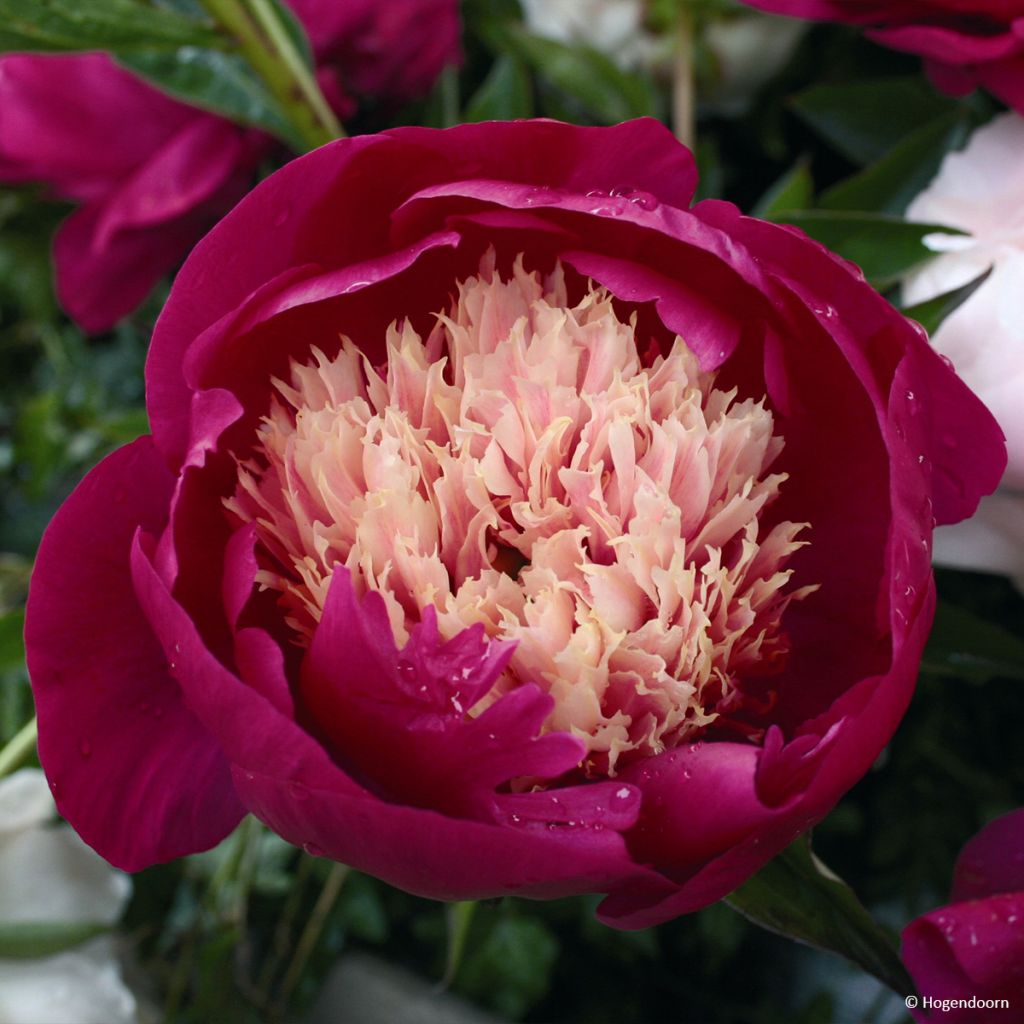

Paeonia lactiflora White Cap - Garden Peony
Paeonia lactiflora White Cap - Garden Peony
Paeonia x lactiflora White Cap
Garden Peony
This item cannot be shipped to the selected country
Delivery charge from €5.90
Delivery charge from €5.90
More information
Schedule delivery date,
and select date in basket
This plant carries a 12 months recovery warranty
More information
We guarantee the quality of our plants for a full growing cycle, and will replace at our expense any plant that fails to recover under normal climatic and planting conditions.
From €5.90 for pickup delivery and €6.90 for home delivery
Express home delivery from €8.90.
From €5.90 for pickup delivery and €6.90 for home delivery
Express home delivery from €8.90.
Does this plant fit my garden?
Set up your Plantfit profile →
Description
The White Cap Peony is a particularly vigorous and floriferous herbaceous Japanese Peony that offers an unusual, brilliantly bicoloured, and fragrant flowering. It is a mid-season variety that produces large flowers composed of a corolla of round raspberry-red petals around a large heart of white petaloids shaded with pink. The solid floral stems of this peony do not collapse under the weight of the flowers. Robust and faithful, they sometimes take a little time to establish themselves, but they develop year after year and can live for more than 50 years.
Herbaceous peonies are mainly derived from Paeonia lactiflora, a perennial herbaceous plant native to Central and Eastern Asia (from eastern Tibet and northern China to eastern Siberia), where it naturally grows in woods and meadows. This plant belongs to the family of Ranunculaceae or peonies. Herbaceous Peonies, perennial by their roots, form a tuft of foliage that completely disappears in winter.
The Japanese White Cap Peony was hybridised by Winchell George E. (USA) in 1956. It won the "Landscape Merit" award in 2009 and the "Gold Medal" in 1991 at the American Peony Society, a major peony exhibition in the USA. The plant forms from spring a moderately dense herbaceous and bushy tuft, reaching 90 cm (35 in) in all directions. Its large flowers, 16 to 18 cm (6 to 7 in) in diameter, appear in mid-season, in June, depending on the climate, for about three weeks, at the end of the stems, but also from some secondary buds. They begin in the form of a pinkish-red bud. The vegetation of this variety is vigorous and has remarkable longevity. The young foliage is purple and shiny and unfolds into large dark green, highly dissected leaves. They are borne on a petiole that divides into 3, with lanceolate or ovate-lanceolate segments. The leaflets are entire or sometimes lobed. The vegetation disappears in winter, while the buds that will develop in spring persist at ground level. This very perennial plant grows from a large fleshy root that does not appreciate being moved.
Japanese Peonies are among those perennial plants that form the basis of a garden. The White Cap Peony will settle in a massif or on the edge of a path, associated with timeless and unpretentious perennials such as Garden Irises, Columbines, campanulas, perennial geraniums, carnations, or Christmas roses. It will also add to the supply of flowers for bouquets in the vegetable garden. Growing it in a pot is not recommended, as its needs will not be met. Over time, peonies become majestic and bloom more and more abundantly, producing up to 60 flowers. By combining different varieties with staggered flowering, it is possible to have flowers for 6 weeks from spring to early summer.
Report an error about the product description
Paeonia lactiflora White Cap - Garden Peony in pictures
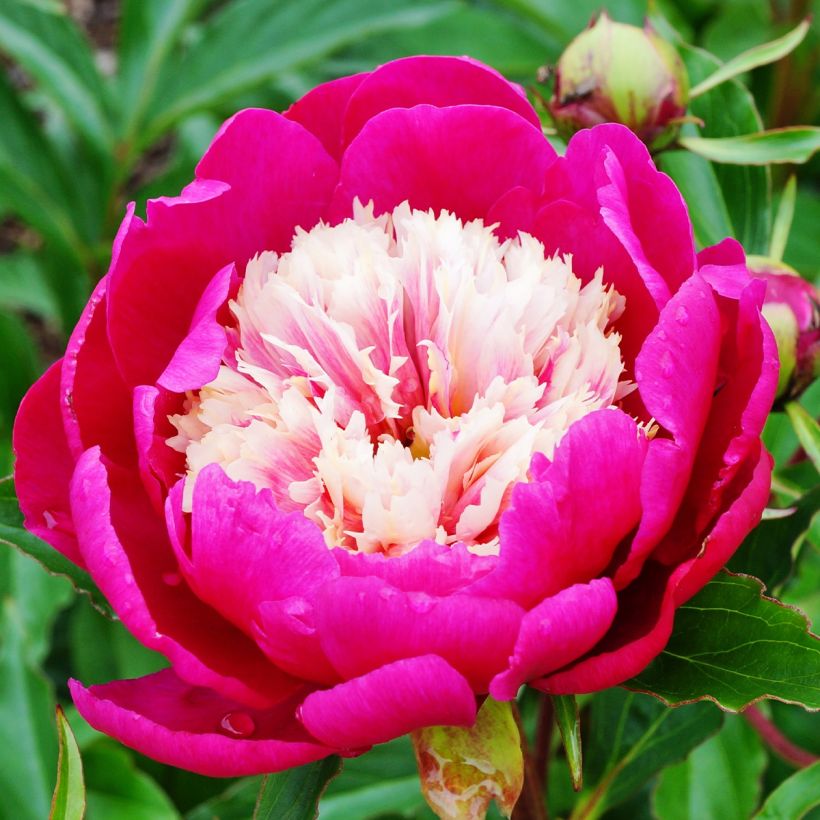

Flowering
Foliage
Plant habit
Botanical data
Paeonia
x lactiflora
White Cap
Ranunculaceae
Garden Peony
Cultivar or hybrid
Other Japanese Peonies
Planting and care
The best time to plant peonies is in the autumn. Plant your peonies in the sun or in a bright location, spaced 60 cm (24 in) apart. They appreciate cold winters that promote dormancy and flower formation. The soil should be loose, deep, fertile, and moist. They need space and fear competition from other species. Prepare a hole 50 cm (20 in) deep and mix organic fertiliser into your soil, partially refill the hole, place your plants, and cover with 6 cm (2 in) of soil above the buds. After planting, firm the soil and water generously.
Our secret for bouquets: cut your peonies at sunrise when the buds start to colour. Do not delay putting them in water.
Planting period
Intended location
Care
This item has not been reviewed yet - be the first to leave a review about it.
Spring flowering perennials
Haven't found what you were looking for?
Hardiness is the lowest winter temperature a plant can endure without suffering serious damage or even dying. However, hardiness is affected by location (a sheltered area, such as a patio), protection (winter cover) and soil type (hardiness is improved by well-drained soil).

Photo Sharing Terms & Conditions
In order to encourage gardeners to interact and share their experiences, Promesse de fleurs offers various media enabling content to be uploaded onto its Site - in particular via the ‘Photo sharing’ module.
The User agrees to refrain from:
- Posting any content that is illegal, prejudicial, insulting, racist, inciteful to hatred, revisionist, contrary to public decency, that infringes on privacy or on the privacy rights of third parties, in particular the publicity rights of persons and goods, intellectual property rights, or the right to privacy.
- Submitting content on behalf of a third party;
- Impersonate the identity of a third party and/or publish any personal information about a third party;
In general, the User undertakes to refrain from any unethical behaviour.
All Content (in particular text, comments, files, images, photos, videos, creative works, etc.), which may be subject to property or intellectual property rights, image or other private rights, shall remain the property of the User, subject to the limited rights granted by the terms of the licence granted by Promesse de fleurs as stated below. Users are at liberty to publish or not to publish such Content on the Site, notably via the ‘Photo Sharing’ facility, and accept that this Content shall be made public and freely accessible, notably on the Internet.
Users further acknowledge, undertake to have ,and guarantee that they hold all necessary rights and permissions to publish such material on the Site, in particular with regard to the legislation in force pertaining to any privacy, property, intellectual property, image, or contractual rights, or rights of any other nature. By publishing such Content on the Site, Users acknowledge accepting full liability as publishers of the Content within the meaning of the law, and grant Promesse de fleurs, free of charge, an inclusive, worldwide licence for the said Content for the entire duration of its publication, including all reproduction, representation, up/downloading, displaying, performing, transmission, and storage rights.
Users also grant permission for their name to be linked to the Content and accept that this link may not always be made available.
By engaging in posting material, Users consent to their Content becoming automatically accessible on the Internet, in particular on other sites and/or blogs and/or web pages of the Promesse de fleurs site, including in particular social pages and the Promesse de fleurs catalogue.
Users may secure the removal of entrusted content free of charge by issuing a simple request via our contact form.
The flowering period indicated on our website applies to countries and regions located in USDA zone 8 (France, the United Kingdom, Ireland, the Netherlands, etc.)
It will vary according to where you live:
- In zones 9 to 10 (Italy, Spain, Greece, etc.), flowering will occur about 2 to 4 weeks earlier.
- In zones 6 to 7 (Germany, Poland, Slovenia, and lower mountainous regions), flowering will be delayed by 2 to 3 weeks.
- In zone 5 (Central Europe, Scandinavia), blooming will be delayed by 3 to 5 weeks.
In temperate climates, pruning of spring-flowering shrubs (forsythia, spireas, etc.) should be done just after flowering.
Pruning of summer-flowering shrubs (Indian Lilac, Perovskia, etc.) can be done in winter or spring.
In cold regions as well as with frost-sensitive plants, avoid pruning too early when severe frosts may still occur.
The planting period indicated on our website applies to countries and regions located in USDA zone 8 (France, United Kingdom, Ireland, Netherlands).
It will vary according to where you live:
- In Mediterranean zones (Marseille, Madrid, Milan, etc.), autumn and winter are the best planting periods.
- In continental zones (Strasbourg, Munich, Vienna, etc.), delay planting by 2 to 3 weeks in spring and bring it forward by 2 to 4 weeks in autumn.
- In mountainous regions (the Alps, Pyrenees, Carpathians, etc.), it is best to plant in late spring (May-June) or late summer (August-September).
The harvesting period indicated on our website applies to countries and regions in USDA zone 8 (France, England, Ireland, the Netherlands).
In colder areas (Scandinavia, Poland, Austria...) fruit and vegetable harvests are likely to be delayed by 3-4 weeks.
In warmer areas (Italy, Spain, Greece, etc.), harvesting will probably take place earlier, depending on weather conditions.
The sowing periods indicated on our website apply to countries and regions within USDA Zone 8 (France, UK, Ireland, Netherlands).
In colder areas (Scandinavia, Poland, Austria...), delay any outdoor sowing by 3-4 weeks, or sow under glass.
In warmer climes (Italy, Spain, Greece, etc.), bring outdoor sowing forward by a few weeks.

































